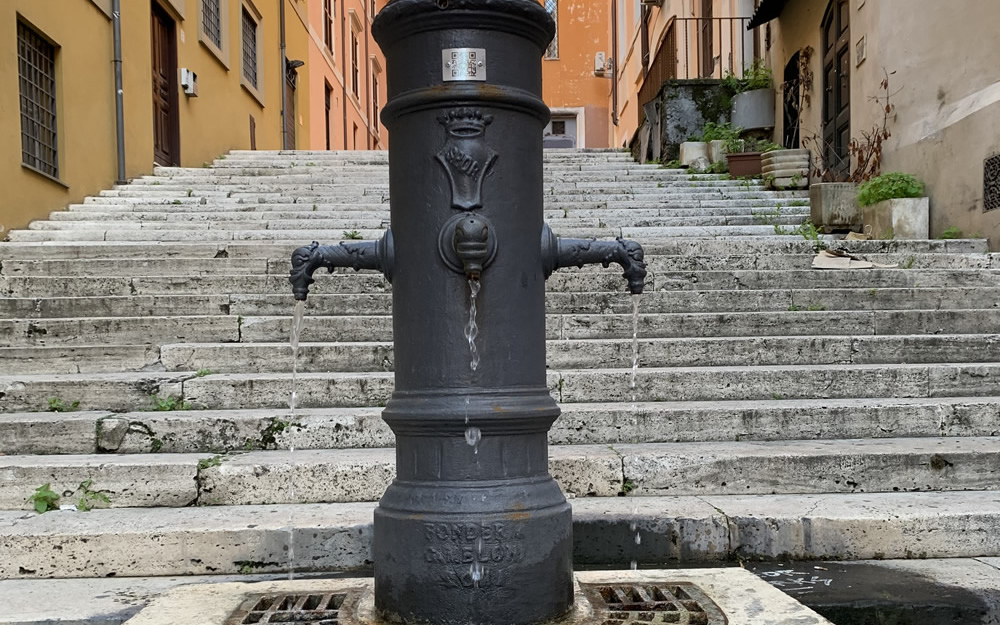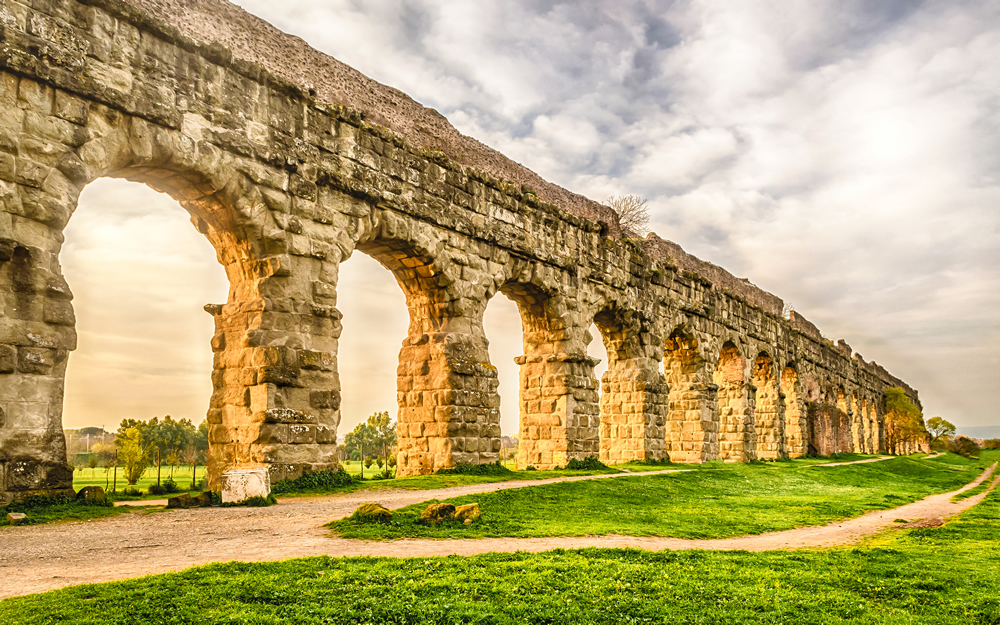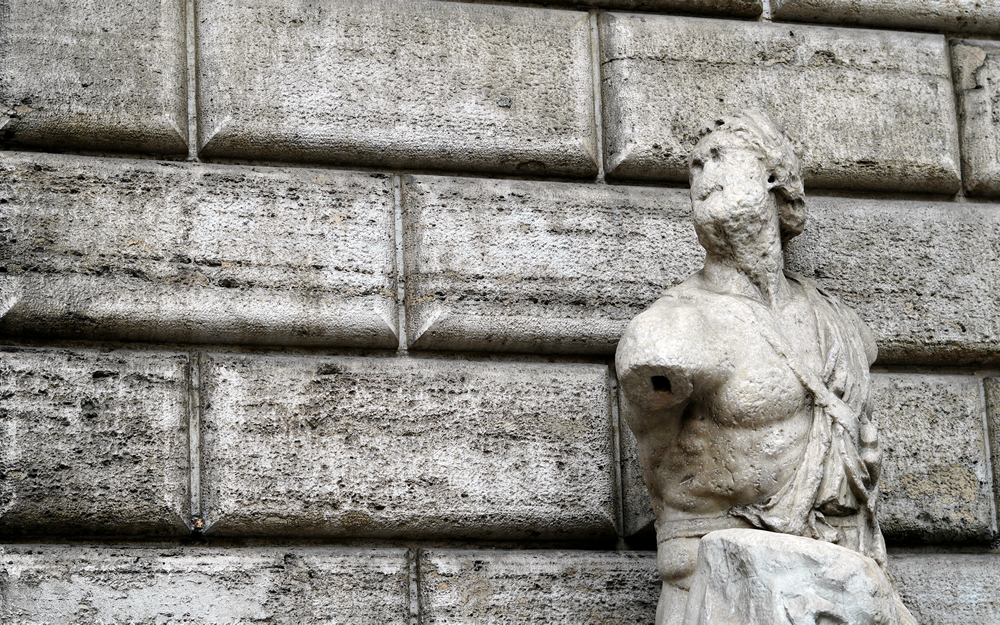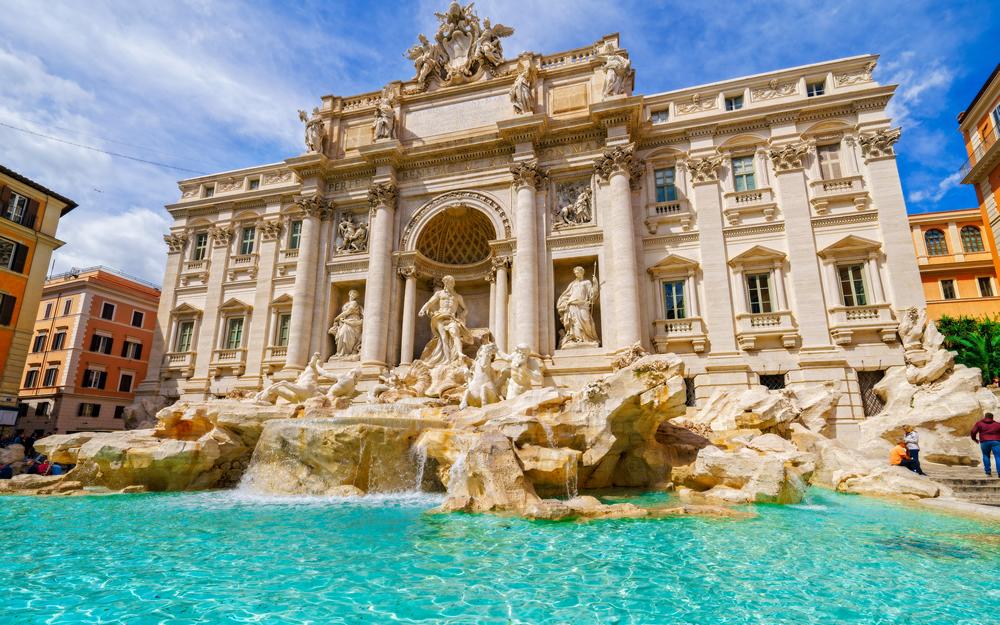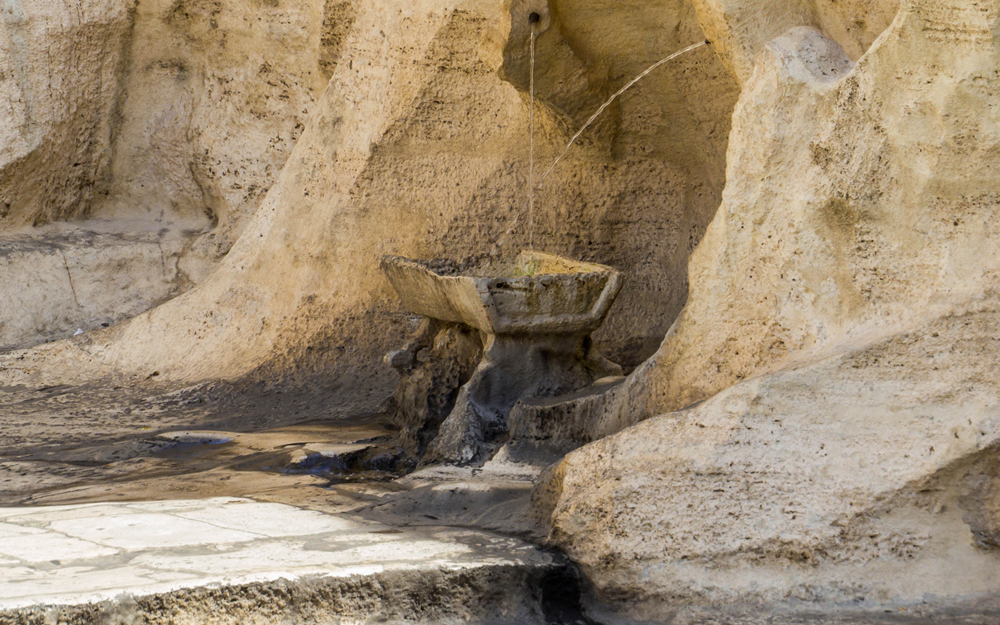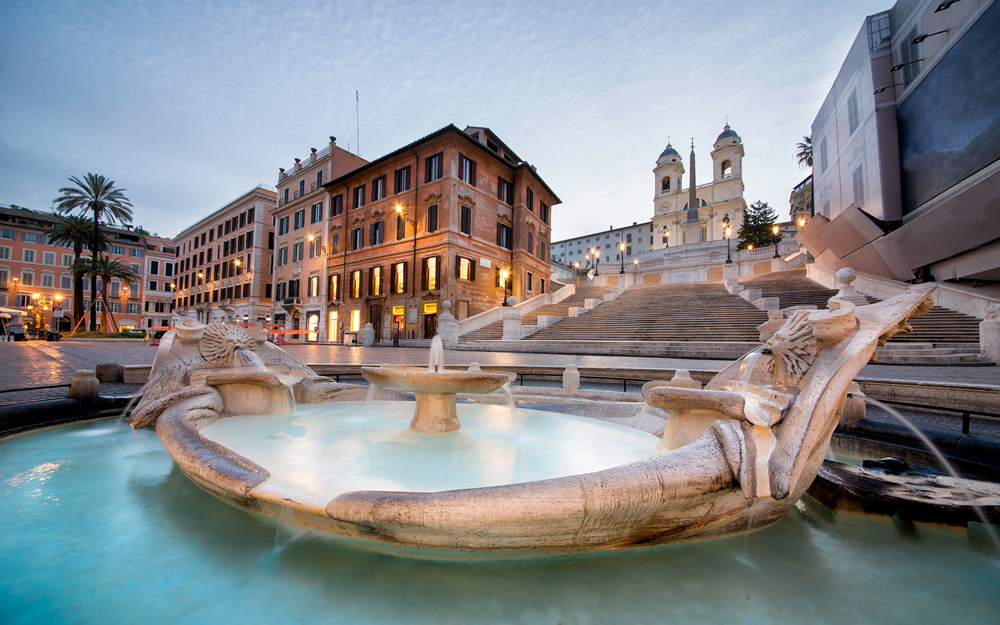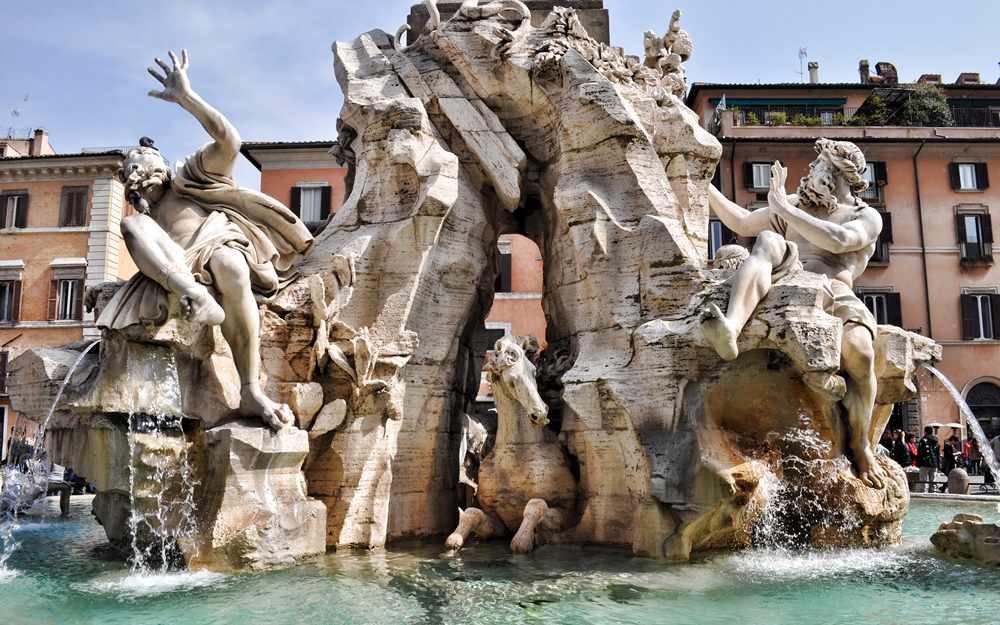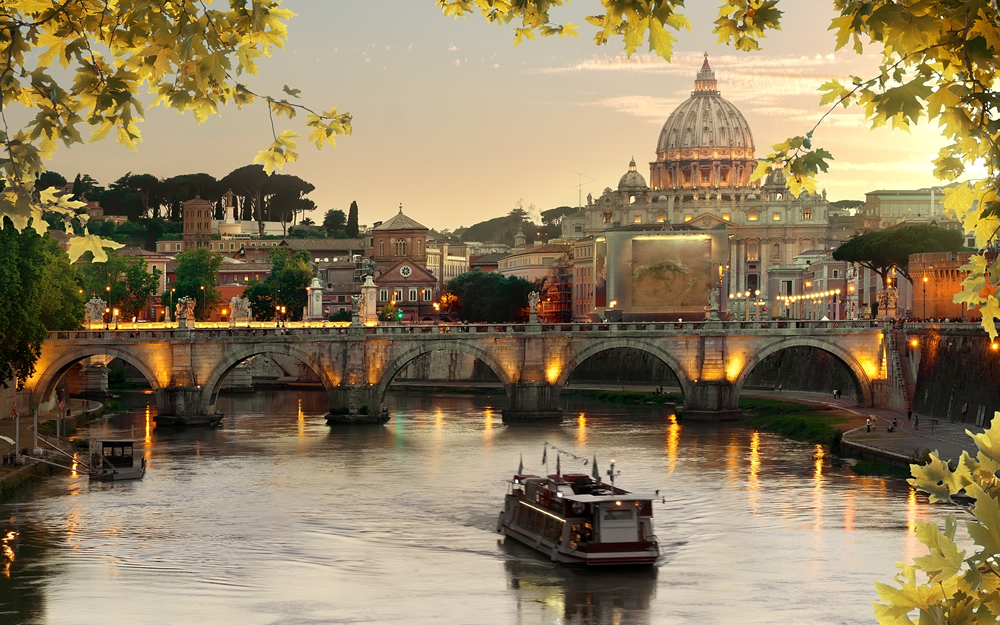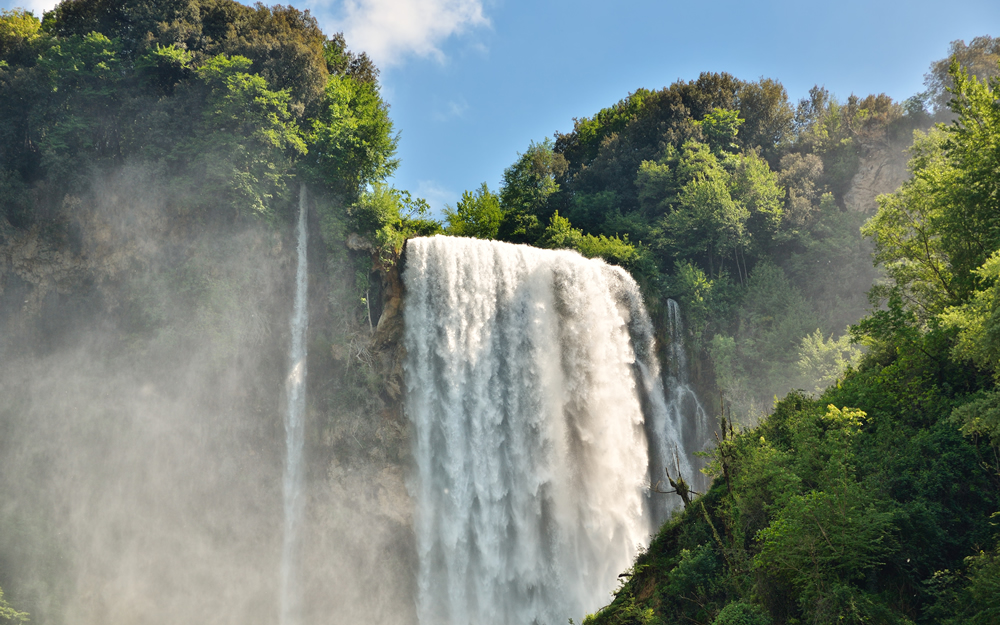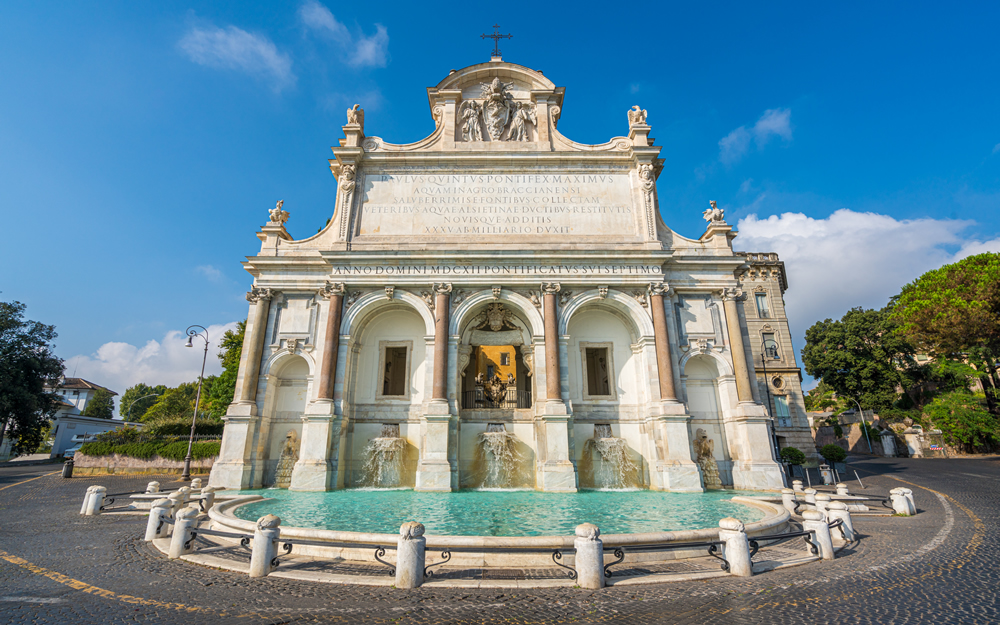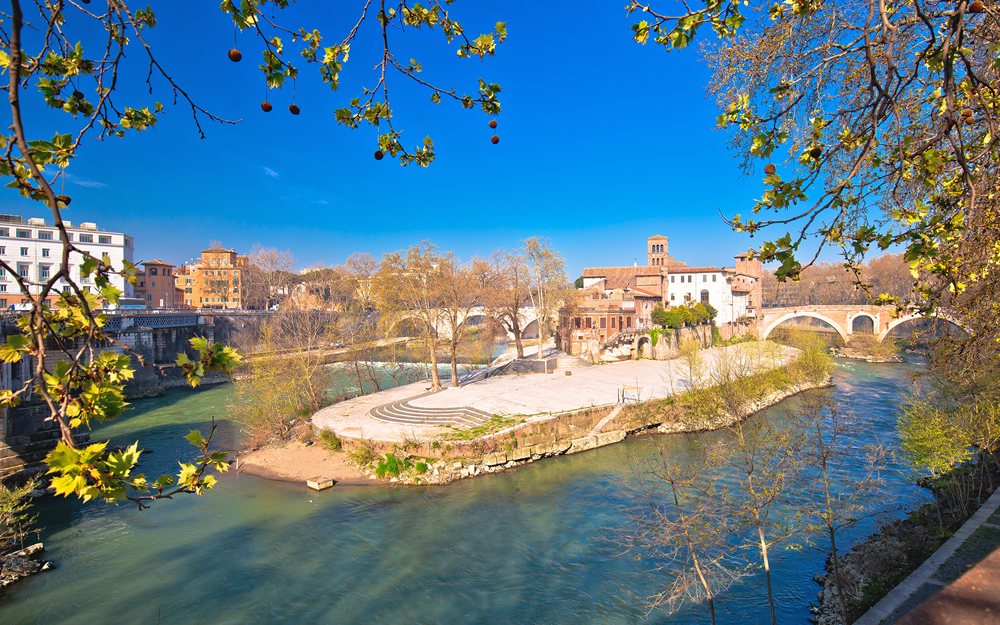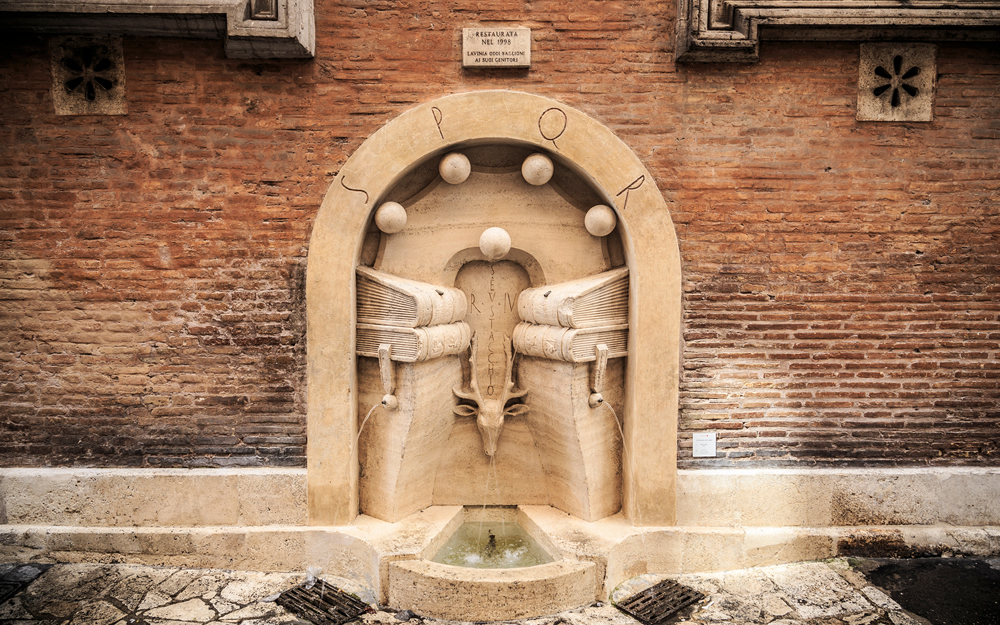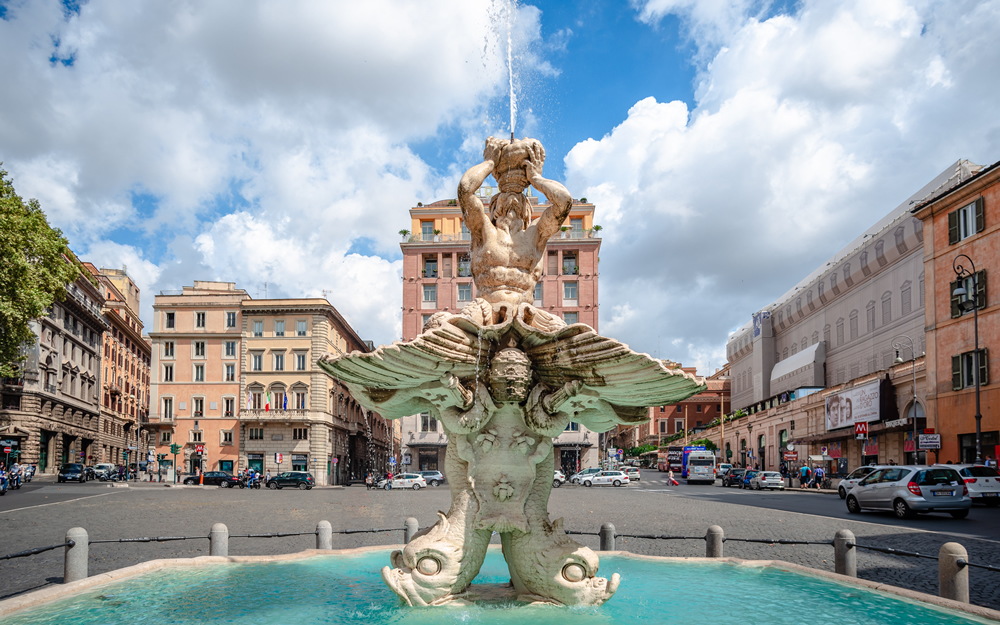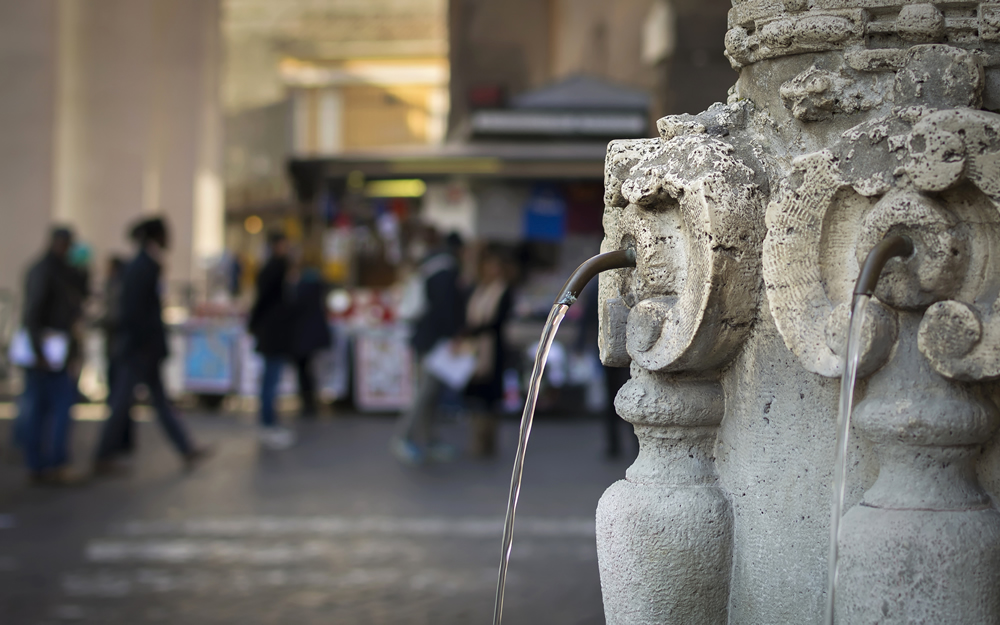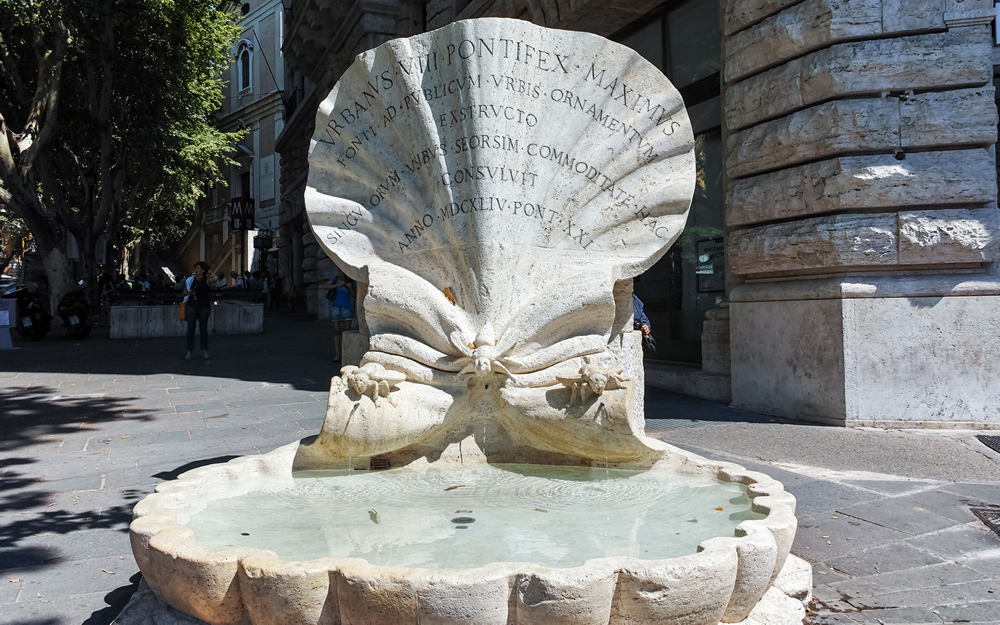- Home /
- Voice from the city /
- Rocca dei Rettori: everything you need to know about Benevento's castle
Rocca dei Rettori: everything you need to know about Benevento's castle
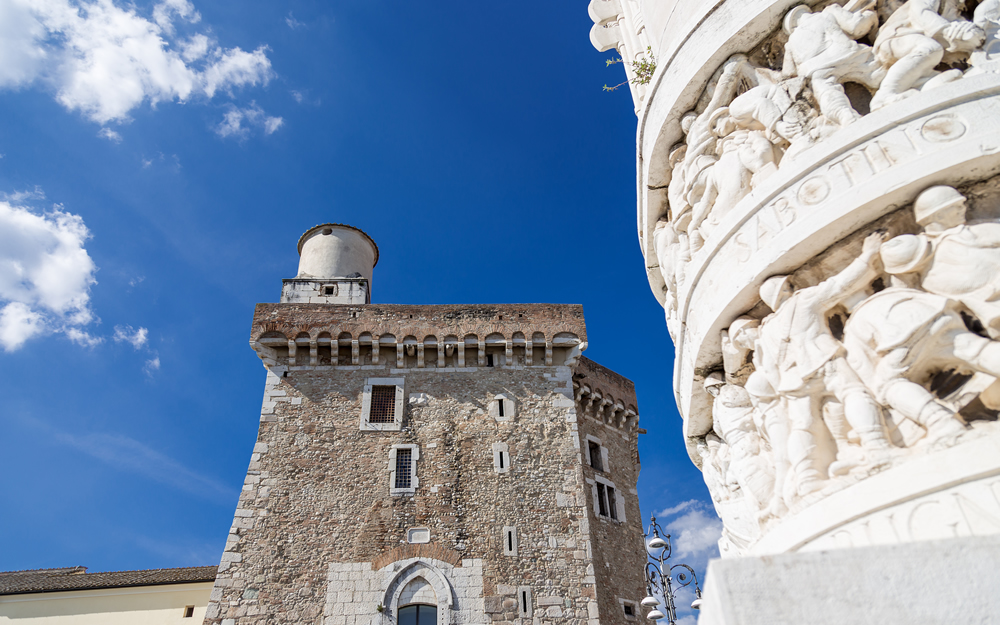
Located at the highest point of the city, the Rocca dei Rettori is undoubtedly the symbol of Benevento and constitutes an essential stop on the Sannio water sightseeing routes - a must for fans of Southern Italy's rich history. Part castle and part palace, its multifaceted appearance is testament to its many incarnations over the centuries. Let's find out more about its tumultuous past.
The Rocca dei Rettori's ancient origins
The site on which the Rocca dei Rettori is built was once home to an ancient necropolis, followed by a Samnite fortress. The Romans were the first to take advantage of its strategic position - high up and lying between two streams - to build a "Castellum aquae". Benevento’s castellum served as a reservoir, enabling the distribution throughout the region of water from the Serino river that arrived via the Roman aqueducts.
After the fall of the Roman Empire, Benevento became the Langobardic capital. The castellum became a defence tower, protecting access to the city - a role which it continued to fulfil until 1077, when the entire region came to be controlled by Christian Rome1.
The rectors and the ghost of the Rocca
The Papal State ruled over Benevento for almost eight centuries even though, since the beginning, power was actually exercised by the "rectors" - governors charged with administering the territory on behalf of the Pope. Relations between these rectors and the inhabitants of Benevento were strained however, often resulting in violent manifestations of discontent2.
The rectors were repeatedly ousted, attacked, and sometimes even murdered. Indeed, this was the fate of Rector William in 1128, prompting Pope John XXII to order the construction of new headquarters that could be more easily defended: the Rocca dei Rettori, built in 1321. Nevertheless, the violent episodes continued, and in 1511 a squad of armed men led by a local baron managed to penetrate the fortress, capturing and beheading governor Andreone degli Artusini. Tradition has it that his ghost still wanders around the castle walls to this day.
The Rocca dei Rettori today
The disputes between the inhabitants of Benevento and the papal envoys only came to an end in 1860, when, during festivities to celebrate the Unification, a commissioner loyal to Garibaldi declared the Pontifical government to have fallen - from one of the Rocca dei Rettori's balconies no less. Today the Rocca is the seat of Benevento's local government, and also hosts various temporary and permanent exhibitions, including the historical section of the Samnium Museum.
Home to Roman remains, an imposing polygonal keep and the Medieval Palatium; showing signs of the devastation caused by earthquakes, which led to the subsequent eighteenth-century reconstruction work; and with prisons that remained active until as recently as the nineteenth century, in which nobles and famous clergymen were imprisoned. Each moment of history has left its mark and has contributed to making the Rocca dei Rettori a true monument to Southern Italy’s cultural heritage.
The Sannio Museum at the Rocca dei Rettori
Not everyone knows that the first unit of the important Sannio Museum was originally located inside the Rocca dei Rettori. It was moved in 1873, but today it only houses the Historical Section of the museum: a narrative of the city of Benevento through official documents, busts, parchments, papal edicts, Talleyrand declarations, and more. Evidence of daily life in the 18th and 19th centuries, including clothing and utensils.
The Sannio permanent exhibition can be visited at the Abbey of Santa Sofia: a fascinating journey from prehistory to the contemporary age.
Visiting the Rocca dei Rettori: opening hours
You can visit the Rocca dei Rettori for free! This splendid 14th-century jewel can be toured every day from Monday to Friday, from 7 a.m. to 1 p.m.
Did you know that the Rocca is surrounded by enchanting gardens? A green area where you can enjoy a pleasant afternoon in the open air, among historical stone objects and the evocative installation dedicated to the Victims of the Shoah: "Memoria è".
But don't stop here! Continue the journey and let Acea Waidy Wow be your guide as you discover the other unmissable stops on the evocative Samnium trail.
1 Source:
Rete museale della
Provincia di Benevento
2 Source:
Comune di Benevento



